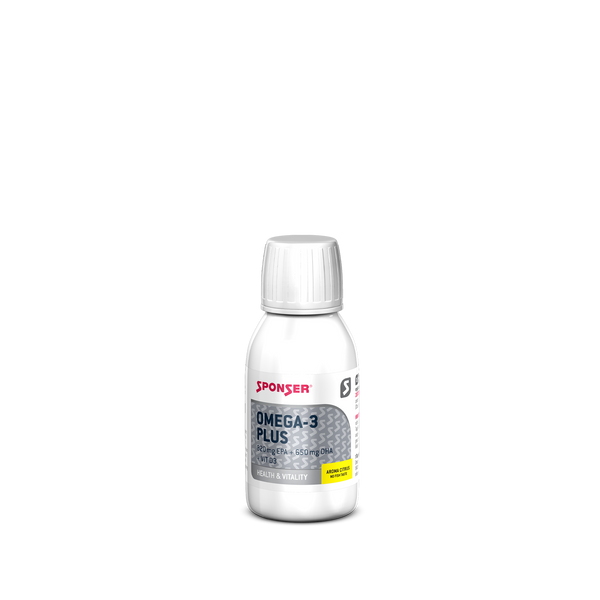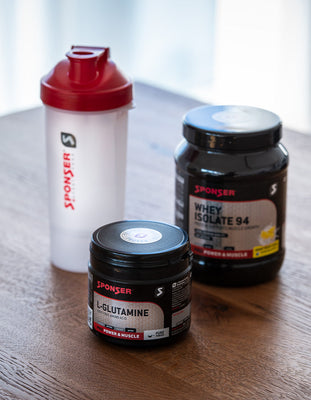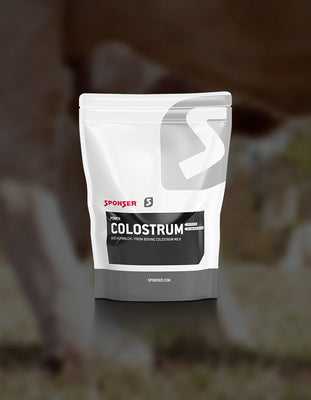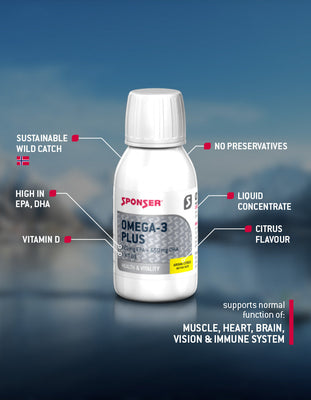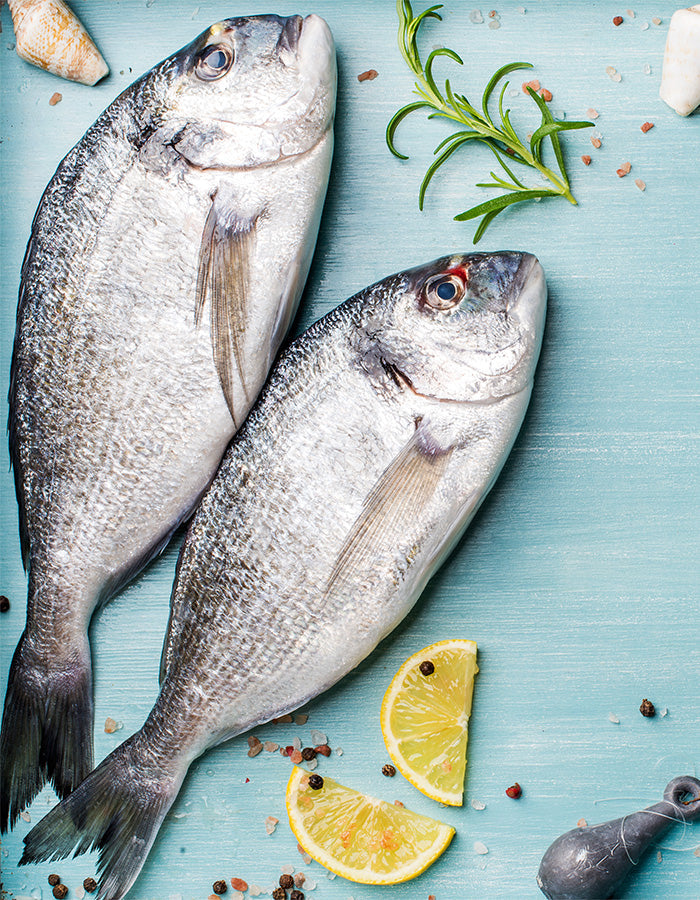
Occurence and health significance of Omega-3 fatty acids
Fats and oils are composed of saturated, monounsaturated and polyunsaturated fatty acids which, depending on their origin, in different compositions and ratios. Thus, the polyunsaturated omega-6 fatty acids occur mainly in plants, omega-3 fatty acids almost exclusively in algae, marine plankton, krill and fish. The omega-3 (n3) fatty acids are further subdivided into alpha-linolenic acid, EPA and DHA (eicosapentaenoic and decosahexaenoic acid). The latter two are well-known because of their beneficial effect on cardiovascular health, while alpha-linolenic acid serves as a precursor of DHA and can be converted into it to a certain degree by the human organism. In the body, n3-fatty acids are mainly built into cell membranes, which makes cells more flexible and supple, but also affects their functioning and can provide various health benefits.
In the western diet, the polyunsaturated fatty acids are mainly ingested in the form of omega-6 (n6) fatty acids, primarily from vegetables and meat. Over the centuries, switching from a hunter-gatherer life to agriculture has resulted in a health-unfavourable n6:n3 fatty acid ratio, which is associated with adverse health effects on inflammatory factors and cardiovascular health. Conversely, in particular the n3-fatty acid EPA is considered to be beneficial to those health issues, while DHA seems to be more important for healthy brain development and function.
In addition to an optimized n6:n3 fatty acid ratio with regard to its general health significance, also the anti-inflammatory effect for recovery promotion is interesting for athletes. A sufficient intake of the necessary n3-fatty acids can only be achieved by an increased intake of the mentioned marine sources, especially of high-fat cold-water fish, or of dietary supplements with fish or krill oil. A daily intake of 1-2 g of EPA + DHA is recommended, preferably in the ratio 2:1. (Mickleborough 2013, Simopoulos 2007). The maximum acceptable daily intake set by the European Food Safety Authority (EFSA) is 5 g EPA + DHA (www.efsa.europa.eu). Human studies have usually been conducted at dosages between 2-5 g daily.
Intense exercise is a challenge for the musculoskeletal system and the immune system. During sports, pro-inflammatory hormones are released. If this happens permanently and in high concentrations, injuries and illnesses can be promoted and the regeneration time after exercise prolonged. An adequate supply of n3-fatty acids, especially of EPA, is therefore recommended for various reasons:
Muscular recovery
Tsuchiya (2016) demonstrated attenuated loss of power and better mobility in response to sore muscles after eccentric loads. Jakeman (2017) demonstrated that an acute dose of a fish oil supplement improves the functional performance of the muscles after eccentric loads. Furthermore, various review articles (Ochi 2018, 2019) discuss the recovery-promoting effects of n3-fatty acids in terms of muscle function and reduced muscle damage due to physical exertion (e.g reduced soreness). Anti-inflammatory effects of n3-fatty acids also play a role here.
Oxygen consumption during endurance exercise
Endurance athletes benefit from an omega-3 supplementation by an economization of oxygen consumption and thus longer anaerobic stamina (Zebrowska 2015, Mickleborough 2013, Da Boit 2017). A multifactorial effect is presumed, which ultimately leads to an increased stroke volume and a reduced heart rate (Philpott 2018).
Immune function
Infections of the upper respiratory tract are a common problem in endurance athletes. In a study with 1.1 g n3 fatty acids, 10 μg vitamin D and 8 g whey protein daily, reduced frequency and duration of infection were found in young athletes (Philpott 2018). Since vitamin D is central to a healthy immune system, its combination with n3-fatty acids seems advisable.
Neuromuscular processes
DHA is an important component of brain neurons. Since physical training also brings about neuromuscular adapations, increased DHA availability can additionally support these adjustments. This seems especially meaningful with ageing with regards to a muscle-preserving effect (Philpott 2018), when the body's neuromuscular functions diminish.
Muscle protein synthesis
More recently, studies have also found an anabolic effect of n3 fatty acids on muscle protein synthesis. Specifically, EPA was recognized as the anabolic and anti-catabolic component (Kamolrat 2013, see graph). However, this applies primarily in the case of insufficient protein intake (McGlory 2016), and thus especially for seniors, where also an age-related "anabolic resistance" comes on top. For this population the muscle protecting/preserving effect is therefore of particular importance. Also, in clinical situations such as In cancer patients, the intake of n3-fatty acids could reduce muscle mass loss (tumor cachexia) (Murphy 2011).
Also in the context of muscle build-up, vitamin D is an important additional micronutrient as it plays a role in cell division and can increase muscle protein synthesis in response to an anabolic stimulus (Salles 2013).
Triglycerides or phospholipids?
In addition to the well-known fish oil capsules, supplements based on krill oil have been available for several years. Krill are small crustaceans that feed many fish and are also the source of their n3-fatty acid content. In krill, however, the n3 fatty acids are to a large extent bound as phospholipids, whereas in fish these occur in the form of triglycerides. While some studies have indicated improved bioavailability of phospholipidically bound n3-fatty acids, the opposite has been noted in other studies. One study showed better bioavailability of EPA + DHA from a fish oil concentrate (triglycerides) compared to krill oil (phospholipids), and also to salmon oil with a reverse EPA:DHA ratio (Laidlaw 2014). In particular, an increased EPA concentration by factor 4 (!) was found in the subjects with fish oil concentrate compared to krill and salmon oil.
OMEGA-3 PLUS from SPONSER
SPONSER® offers its own omega-3 supplement coming in a liquid form. OMEGA-3 PLUS is a mixture of cod liver, sardine and anchovy oil with a uniquely high EPA content and concomitant high ratio of EPA to DHA. The fish oil used is obtained from controlled, certified sustainable wild fish. The lack of the typical fishy taste, flavoured with a mild citrus flavour, is evidence of the maximum freshness of the fish oil raw materials. One daily ration is 1-2 teaspoons (5 or 10 ml) and delivers 1.5 g, or 3.0 g n3-fatty acids, respectively, of which 820 mg (1640 mg) EPA and 650 mg (1300 mg) DHA. Since n3-fatty acids must be incorporated into the body cells, a multi-week intake is needed until they can develop their effect. It is recommended to take omega-3 supplementation in the evening (detached from physical exercise) and not immediately before exercise. Like this the oxidation of fatty acids for energy use can be reduced and the incorporation into the cell walls can be facilitated.
Literature
Mickleborough et al. (2013): Omega-3 polyunsaturated fatty acids in physical performance optimization. Int J Sport Nutr Exerc Metab 23, 83-96.
Simopoulos et al. (2007): Omega-3 fatty acids and athletics. Curr Sports Med Rep 6, 230-236.
EFSA (2012): EFSA bewertet Sicherheit langkettiger Omega-3-Fettsäuren. 27. Juli 2012.
Tsuchiya et al. (2016): Eicosapentaenoic and Docosahexenoic acids- rich fish oil supplementation attenuates strength loss and limited joint range of motion after eccentric contractions: a randomized double-blind, placebo-controlled, parallel group trial. Eur J Appl Physiol116(6),1179-88.
Jakeman et al. (2017): Effect of an acute dose of omega-3 fish oil following exercise induced muscle damage. Eur J Appl Physiol, 117(3), 575-582.
Ochi et al. (2018): Eicosapentaenoic Acid (EPA) and Docosahexaenoic Acid (DHA) in Muscle Damage and Function. Nutrients, 10, 552.
Ochi, E. (2019): Eicosapentaenoic Acid and Docosahexaenoic Acid Exercise Performance. Nutrition and Enhanced Sports Performance (2nd Edition), 715-728.
Zebrowska et al. (2015): Omega-3 fatty acids supplementation improves endothelial function and maximal oxygen uptake in endurance-trained athletes. Eur J Sport Sci 15, 305-314.
Da Boit et al. (2017): Fit with good fat? The role with ω3 polyunsaturated fatty acids on exercise performance. Metabolism 66, 45-54.
Philpott et al. (2018): Applications of omega-3 polyunsaturated fatty acid supplementation for sport performance. Res Sports Med, DOI: 10.1080/15438627.2018.1550401.
Kamolrat et al. (2013): The effect of eicosapentaenoic and docosahexaenoic acid on protein synthesis and breakdown In murine C2C12 myotubes. Biochem Biophys Res Commun, 432(4):593-8.
McGlory et al. (2016): Fish oil supplementation suppresses resistance exercise and feeding-induced increases in anabolic signaling without affecting myofibrillar protein synthesis in young men. Physiol Reports, 4(6), e12715.
Murphy et al. (2011): Nutritional intervention with fish oil provides a benefit over standard of care for weight and skeletal muscle mass in patients with nonsmall cell lung cancer receiving chemotherapy. Cancer, 117(8), 1775–1782.
Salles et al. (2013): 1,25(OH)2‐vitamin D3 enhances the stimulating effect of leucine and insulin on protein synthesis rate through Akt/PKB and mTOR mediated pathways in murine C2C12 skeletal myotubes. Molecular Nutr Food Res, 57(12), 2137-46.
Laidlaw et al. (2014): Comparative bioavailability of omega-3 fatty acids from four different omega-3 supplements. FASEB Journal, 272.6.
Author: Remo Jutzeler
Head R&D SPONSER SPORT FOOD
Ing. Applied Food Sciences UAS
MAS Nutrition & Health ETHZ













